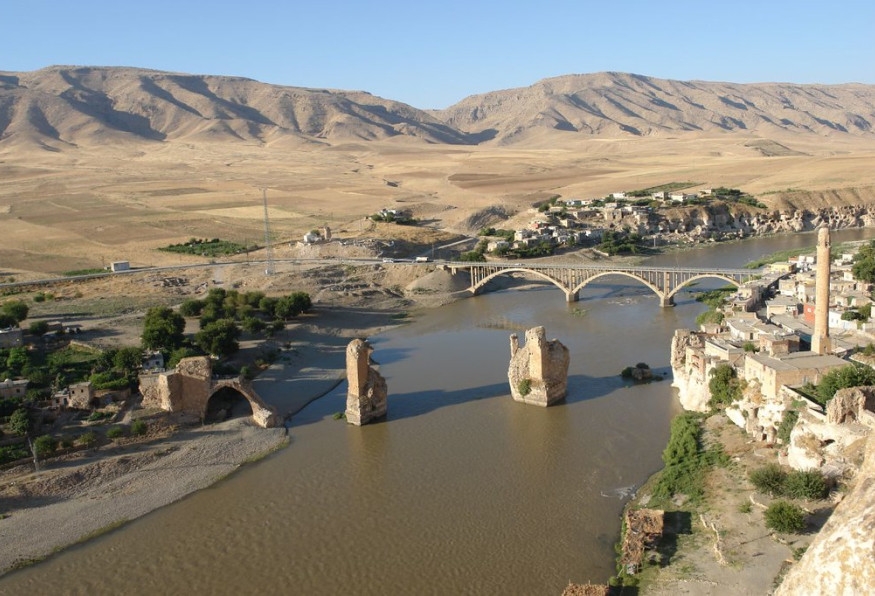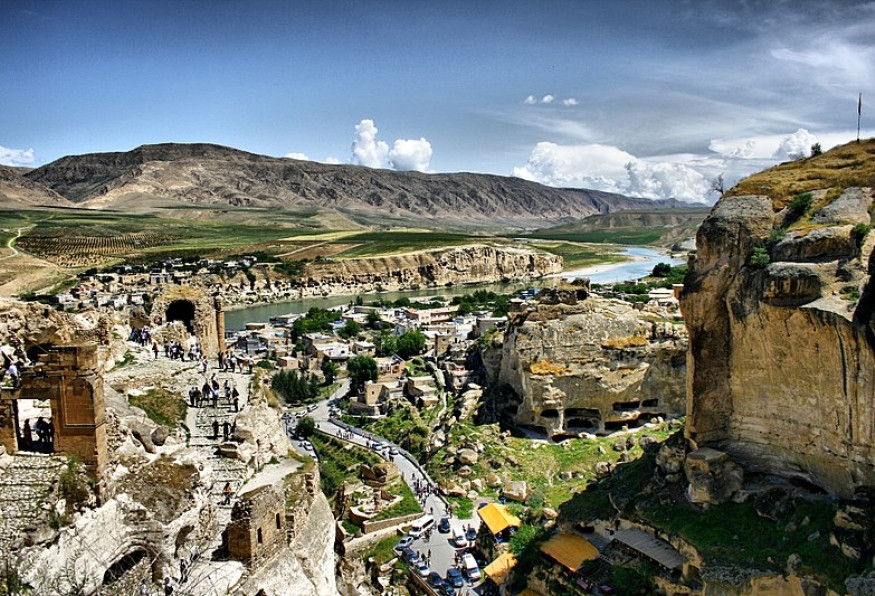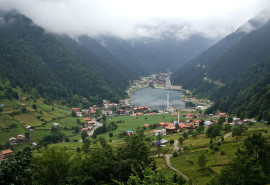Hasankeyf
districtThe archaeological excavations revealed that Hasankeyf has been a settlement for 12.000 years, but there is no reliable source about when it was founded. It is located on the passageway between Upper Mesopotamia and Anatolia therefore has had strategic importance throughout history. In the 2nd and 3rd centuries AD Byzantines and Sassanids, then Romans reigned. After the 4th century, with the spread of Christianity, it became the center of the Syriac diocese, and the title of Cardinal was given to the bishopric in Hasankeyf by the Kadköy Council in 451 AD. Hasankeyf, the capital of the Artuqid Principality between 1102-1232, this period was its best time. It became an Ottoman territory in the 16th century. The Ilisu Dam started retaining water in 2019; Hasankeyf has been underwater since February 2020. The Artuqids Bath, Sultan Suleyman Koc Mosque, Imam Abdullah Lodge, and a few other historical buildings were moved to the Cultural Park established on the banks of the Tigris River to be protected from the Ilisu dam flood.



-thumb.jpg)

